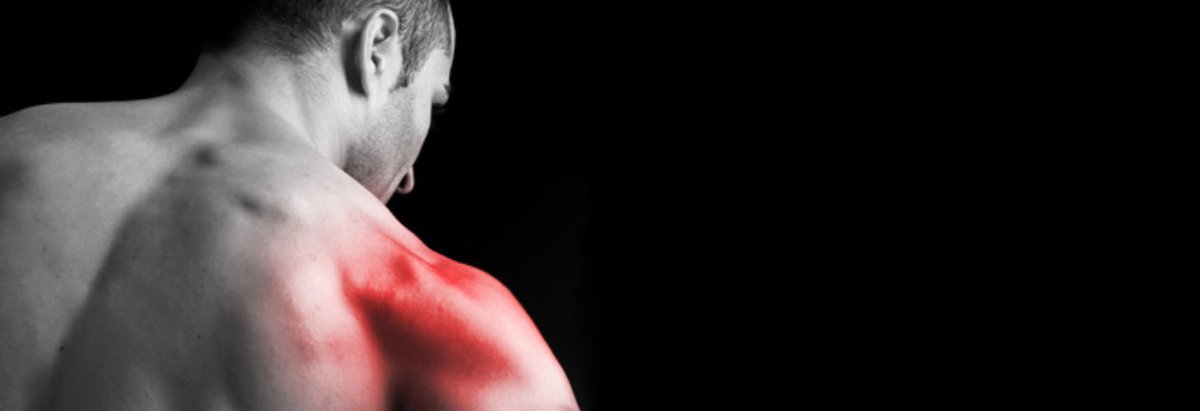
Welcome to Lennard Funk’s informational & educational website
Welcome to Shoulderdoc
Founded by Professor Lennard Funk, ShoulderDoc provides clear, evidence-based information on shoulder injuries, treatments, and recovery. Whether you're a patient seeking guidance, a therapist supporting rehabilitation, or a clinician enhancing your knowledge, this platform offers up-to-date resources, surgical insights, and tools to help you connect with leading shoulder specialists across the UK.
Latest pages
No recent pages found.
News & Research
View all-
Pectoralis Major Reconstruction in Athletes
Authors: L Funk, R Badge, K Roney References: The Annual Meeting of the Israel Society of Sports Medicine. 11-12 June 2008. Pectoralis major is one of the most common tendon...
Pectoralis Major Reconstruction in Athletes
Authors: L Funk, R Badge, K Roney References: The Annual Meeting of the Israel Society of Sports Medicine. 11-12 June 2008. Pectoralis major is one of the most common tendon...
-
Are Shoulder Surgeons Any Good at Ultrasound?
Authors: M Jeyam, L Funk, J Harris References: Presented at SECEC 2006, Athens AbstractIntroduction: High resolution ultrasound has gained increasing popularity as an aid in the diagnosis of rotator cuff...
Are Shoulder Surgeons Any Good at Ultrasound?
Authors: M Jeyam, L Funk, J Harris References: Presented at SECEC 2006, Athens AbstractIntroduction: High resolution ultrasound has gained increasing popularity as an aid in the diagnosis of rotator cuff...
-
Complex Shoulder Injury in World Champion Biker
Moly gets back in saddle Article, reprinted with permission from Manx Independent Newspaper: Dave Molyneux will team up with one of the most successful sidecar passengers in TT history for...
Complex Shoulder Injury in World Champion Biker
Moly gets back in saddle Article, reprinted with permission from Manx Independent Newspaper: Dave Molyneux will team up with one of the most successful sidecar passengers in TT history for...
FAQs
How long does a steroid injection last?
The steroid lasts 24 hours before it is gone from the system.
It is simply a very strong anti-inflammatory to reduce the inflammation and allow healing of the tissues.
The duration of pain relief therefore depends on the amount of healing and the effect of any aggravating activities (which is difficult to predict)
Therefore, the injection may 'last' anywhere between a few days and forever.
Overall 80% of people do not require further treatment and make a good recovery.
This is why we review patients at 4-6 weeks after the injection, because if the injection does not work we usually know in that time period.
How does Calcific Tendonitis present and how do you diagnose it?
Degenerative calcification is often seen on scans of the rotator cuff and part of degenerative tendinopathy of the tendons. However 'calcific tendonitis' is a specific disease entity with a well described disease process.
Calcific tendonitis can present in different ways depending on the stage of the disease process, size and location of the calcific deposit. The common presentations are described below:
- Subacromial impingement - due to cuff dysfunction from the clacification and the space occupying calcific deposit in the supra/infraspinatus tendons.
- Persistant aching pain - due to the pressure effects of a large calcific deposit in the cuff.
- Acute severe onset of unremitting, disabling pain - due to chemical inflammation from leakage of the calcium crystals into the subacromial bursa or glenohumeral joint.
Clinical signs will vary depending on the presentation:
- Impingement signs (Neers, Hawkins, Copelands, empty can)
- Impingement & cuff pain (Jobes, empty can / full can, cuff weakness)
- Severe pain, joint tenderness and stiffness (similar to an acute painful frozen shoulder)
Diagnosis:
- Calcium may be seen on x-rays - ideally need 3 views - AP, Axillary & Outlet views
- Ultrasound scan - most useful, as allows 3 dimensional and dynamic assessment of the rotator cuff; also differentiates degenerative calcification from true calcific deposits.
I have dislocated my shoulder for the first time. Should I have a surgical repair?
The main indication for a surgical repair after the first shoulder dislocation is an associated fracture.
If there is no fracture, then most shoulder dislocations will not require surgery. however, young, male athletes tend to be at a higher risk of further dislocations and will usually be offered a surgical repair.
For more information see:
First time dilsocators surgical versus non-surgical treatment for acute anterior shoulder dislocation - cochrane review.
What is the incidence of nerve damage in shoulder surgery?
Nerve damage following most common shoulder procedures is extremely rare. permanaent nerve injury after a nerve block (interscalene block) is less than 0.1%. see: interscalene block
Large complex open procedures, such as revision shoulder replacements or complex fracture or tumour surgery are more likely to have a risk of significant nerve damage, but again this is not common.






